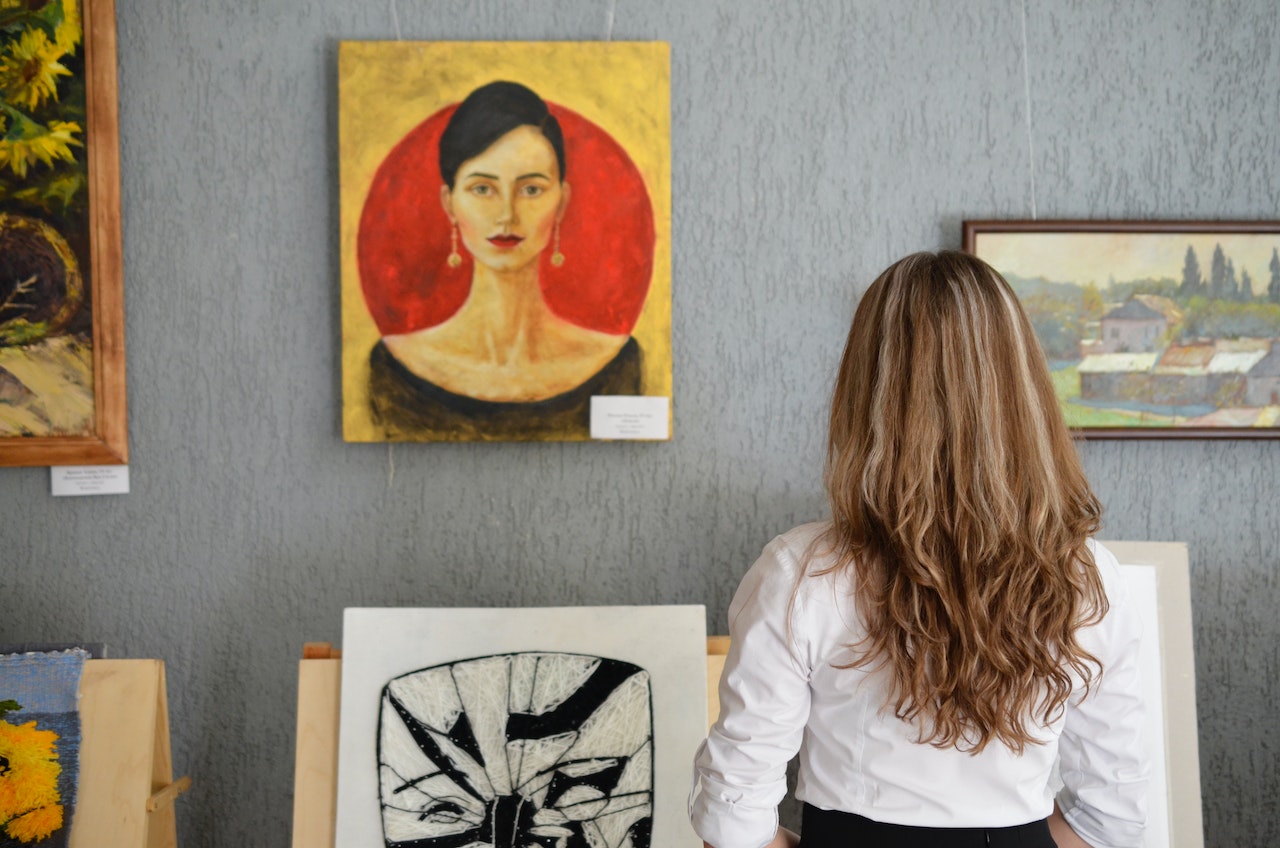Knud W. Jensen’s vision was clear: he wanted to create a museum where Danish people could see modern art from their peers. Though in the years that followed its 1945 founding, the Louisiana Museum of Modern Art quickly turned into the predominant institution of international modernist art and architecture.
The 4,000-piece collection encompasses works from 1945 to today from an array of styles including eclectic European Nouveau, global Realism, and American Art Pop. The institution’s main principle is not to simply put things out for show, but educate the masses about each work and its impact on society.
What makes the Louisiana so unique however is not only its world-class art collection, but the unassuming setting in which the works are presented. An 1870s villa, surrounded by three modernist pavilions, is connected by glass-walled passages set amidst a sprawling sculpture park at the edge of the Øresund, called the Sound in English; a strait which looks out to southern Sweden. It is precisely this combination of architecture and natural setting that strikes the eye on the first visit. In the mid-50s, when the museum’s founder Knud W. Jensen asked the architects Jørgen Bo and Wilhelm Wohlert to build a museum based on the old villa, their foundational plan was to link the building with its sea surroundings. For this reason, it is such a memorable gallery, blending indoor and outdoor together so seamlessly, providing an all-encompassing scenic experience for regulars and tourists alike.
Louisiana has visual references to traditional Japanese architecture, which the architects succeeded in
transmitting elegantly into the Danish setting.
The two architects took their inspiration from both sides of the North Pacific Ocean. Wohlert had studied at the University of California at Berkeley, where he became intimately familiar with the famed wooden houses surrounding the San Francisco Bay Area. In addition, Louisiana has clear visual references to the traditional simplicity of Japanese architecture, which the pair succeeded in transmitting elegantly into the Danish setting. Characterized by long whitewashed walls, exposed structures, laminated wooden ceilings, deep-red tiled floors, and large glass panels, each element contributes to the museum’s unique architectural lightness.
